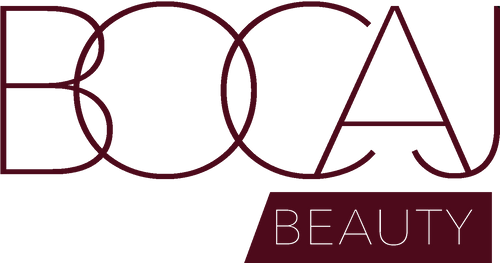Have you ever wondered where your favorite makeup products come from? Behind the glitz and glamour of the beauty industry lies a fascinating journey of creation and craftsmanship. From the development of innovative formulations to the careful selection of ingredients, the process of creating makeup is a complex and global endeavor. In this article, we will explore the origins of makeup and the diverse locations where it is made.
- Manufacturing Hubs:
The production of makeup products is concentrated in various manufacturing hubs around the world. These hubs serve as centers of expertise and innovation, housing state-of-the-art facilities where cosmetics are created. Some of the prominent regions for makeup production include:
a) United States: The United States boasts a significant presence in the beauty industry, with many well-known brands originating from this country. Cities such as New York, Los Angeles, and Miami are home to numerous makeup manufacturers and cosmetic laboratories.
b) Europe: Europe has long been renowned for its heritage in cosmetics. Countries like France, Italy, and Germany have a rich tradition of beauty manufacturing. Paris, in particular, is considered a global hub for luxury cosmetics, hosting prestigious brands and leading research facilities.
c) Asia: Asia has emerged as a major player in the beauty industry, with countries like South Korea and Japan leading the way in innovation and skincare. South Korea, known for its advanced beauty technology, has become a hub for producing cutting-edge skincare and makeup products.
- Ingredient Sourcing:
Makeup manufacturers source ingredients from around the world, seeking the finest quality materials to create their products. Natural ingredients, such as plant extracts, oils, and minerals, are often obtained from regions known for their biodiversity. For example:
a) Argan oil, a popular ingredient in skincare and haircare products, is sourced from Morocco, where argan trees are abundant.
b) Dead Sea mud, famous for its detoxifying properties, is harvested from the shores of the Dead Sea in Israel and Jordan.
c) French lavender, renowned for its soothing properties, is cultivated in the lavender fields of Provence, France.
- Global Supply Chains:
The beauty industry relies on a complex network of global supply chains to bring makeup products to consumers worldwide. Raw materials, packaging components, and finished products are often sourced from different countries and transported to manufacturing facilities for assembly. This intricate supply chain ensures the availability of a wide range of makeup products and allows for efficient distribution across international markets.
- Artisanal Craftsmanship:
While large-scale manufacturing is prevalent in the beauty industry, there is also a place for artisanal craftsmanship. Many small-scale makeup brands and independent artisans create their products in-house or through local manufacturing partners. These smaller operations often prioritize handcrafted techniques, attention to detail, and a focus on high-quality ingredients to create unique and specialized makeup offerings.
The creation of makeup involves a global network of manufacturers, ingredient sourcing, and skilled craftsmanship. From bustling manufacturing hubs to remote regions where precious ingredients are cultivated, the makeup industry is a testament to the interconnectedness of our world. Whether it's a luxury foundation made in Paris, an innovative skincare product from South Korea, or a handcrafted lipstick from a small artisanal brand, the diverse origins of makeup contribute to the vibrant and evolving beauty landscape. So, the next time you apply your favorite makeup product, remember the fascinating journey it undertook to bring beauty to your fingertips.
